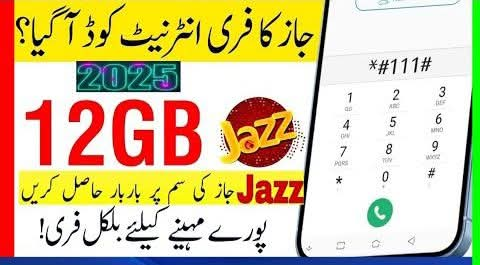How to Use Free Internet: A Detailed Guide
 [
[
In today’s digital age, having access to the internet is essential for communication, education, and entertainment. However, not everyone can afford a constant internet connection. Fortunately, there are various ways to access free internet legally and safely. This guide explores different methods to help you stay connected without spending money.
1. Public Wi-Fi Hotspots
Where to Find Free Wi-Fi:
- Cafés and Restaurants: Many coffee shops and fast-food chains offer free Wi-Fi to customers.
- Libraries: Public libraries provide free internet access, and some even offer computers for use.
- Shopping Malls: Many malls have public Wi-Fi networks available for visitors.
- Airports and Train Stations: Major transportation hubs usually have free Wi-Fi, though some may require registration.
- Hotels and Resorts: Even if you’re not a guest, some hotels offer complimentary Wi-Fi in common areas.
How to Connect Safely:
- Avoid entering sensitive information (like passwords or banking details) while using public Wi-Fi.
- Use a VPN (Virtual Private Network) to encrypt your internet traffic and protect your privacy.
- Ensure that the Wi-Fi you connect to is legitimate and not a fake hotspot set up by hackers.
2. Mobile Network Providers’ Free Plans
Zero-Rated Websites and Apps:
Some mobile carriers provide free access to specific websites or applications. These often include:
- Facebook Free Basics
- Wikipedia Zero
- Google Free Wi-Fi in certain locations
Free Data Offers from Mobile Providers:
- Many network providers offer free data through promotional deals.
- Some telecom companies provide free data for using their mobile app or watching advertisements.
- Check your provider’s website or app to see if there are any ongoing offers.
3. Government and Community Programs
Free Internet Initiatives:
- Municipal Free Wi-Fi: Some cities and towns provide free internet in public places such as parks, government buildings, and transport hubs.
- Non-Profit Organizations: Some NGOs and charities work to provide free internet access in underprivileged areas.
- Educational Institutions: Schools and universities often provide free Wi-Fi to students and visitors.
4. Tethering and Data Sharing
If you have a friend or family member with an active mobile data connection, you can ask them to share their internet through:
- Mobile Hotspot: Most smartphones allow tethering, which lets you use their internet connection on your device.
- Bluetooth or USB Tethering: An alternative to Wi-Fi hotspots, this method allows for more stable internet sharing.
5. Free Internet Apps and Tricks
Some apps claim to provide free internet access. While some are legitimate, others might not be safe. Here are a few reliable options:
- Instabridge: This app collects and shares passwords for public Wi-Fi hotspots.
- WiFi Map: Provides a map of available free Wi-Fi connections worldwide.
- Gigato (Limited Regions): Offers free mobile data in exchange for watching ads.
6. Free Satellite Internet (Limited Availability)
Some companies and government programs offer free satellite internet in remote areas. Examples include:
- Starlink Free Trials: Occasionally, Starlink offers limited-time free access in some regions.
- OneWeb and Project Kuiper: Future projects aim to provide free or affordable satellite internet.
7. Free Internet Through ISP Trials
Many internet service providers (ISPs) offer free trial periods. Some ways to take advantage of this include:
- Signing up for a trial account with different ISPs.
- Using referral programs where you get free internet for bringing in new customers.
- Checking for student or low-income assistance programs.
Conclusion
Free internet is available through various means, including public Wi-Fi, mobile provider offers, government initiatives, and community programs. However, always prioritize safety by using a VPN and avoiding risky websites when accessing free internet. With the right approach, you can stay connected without spending money.
Your message has been sent
![]()
♦


